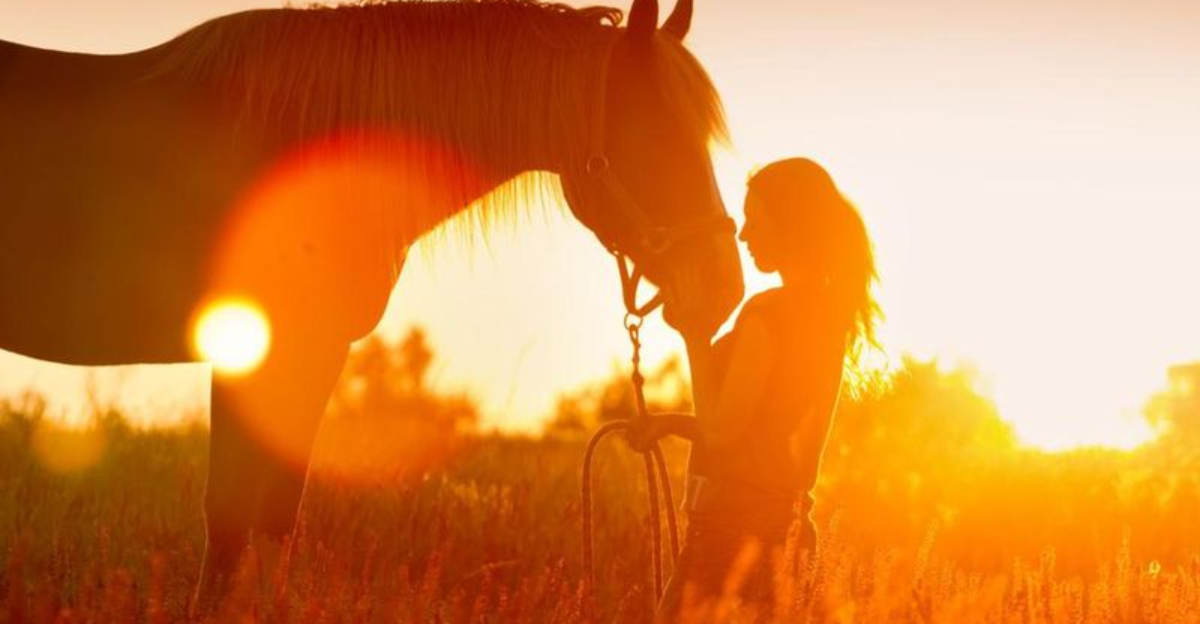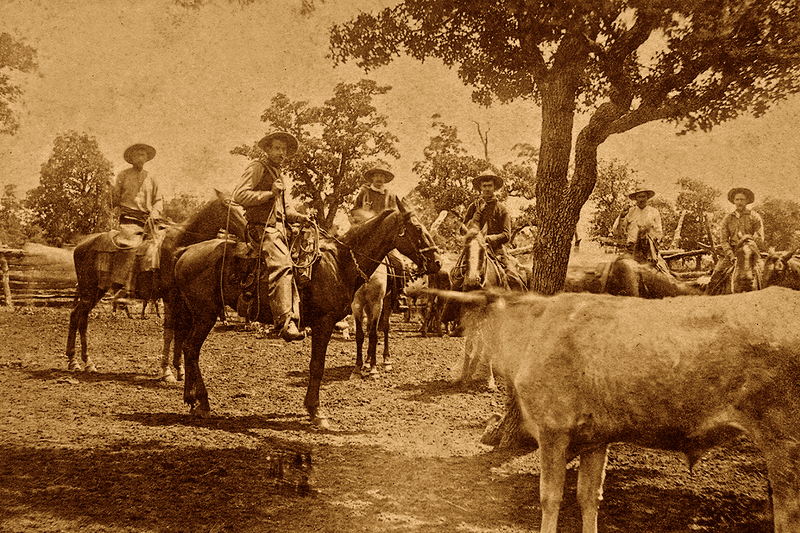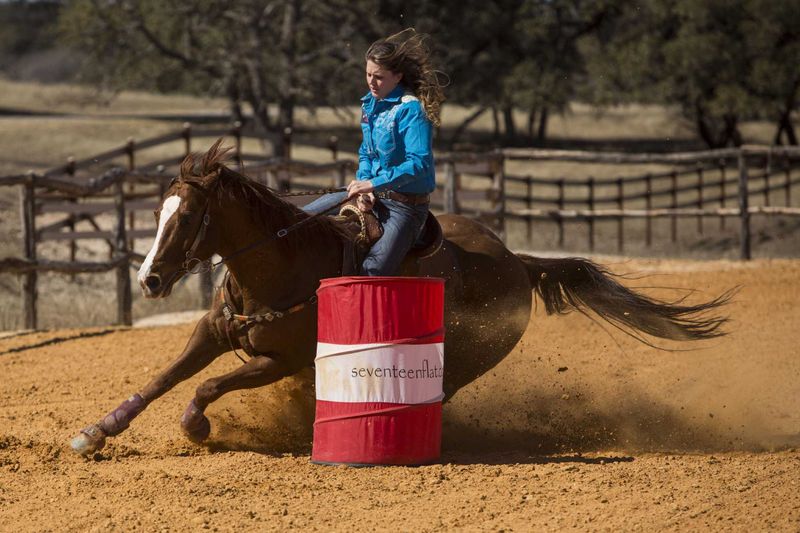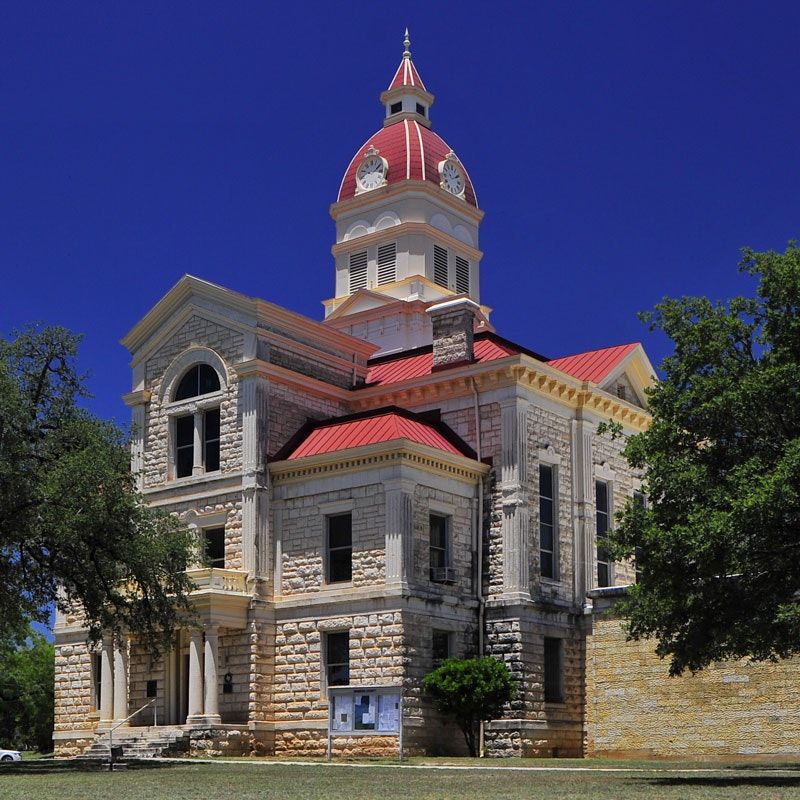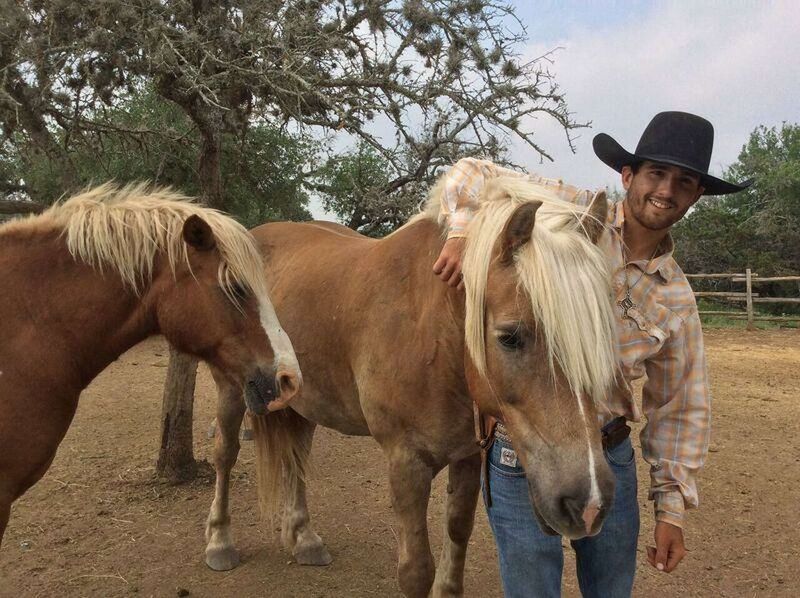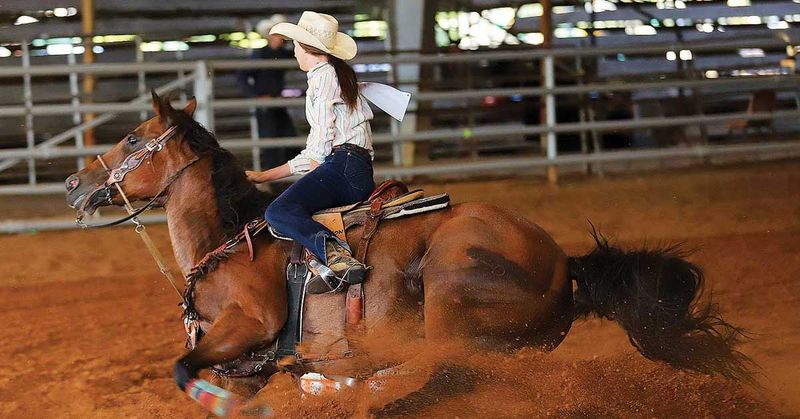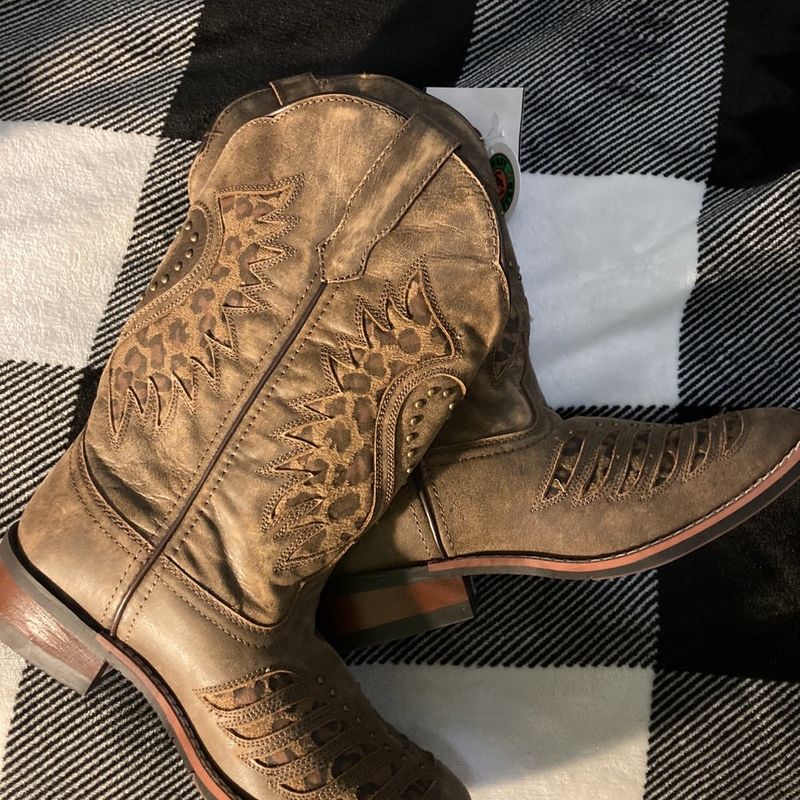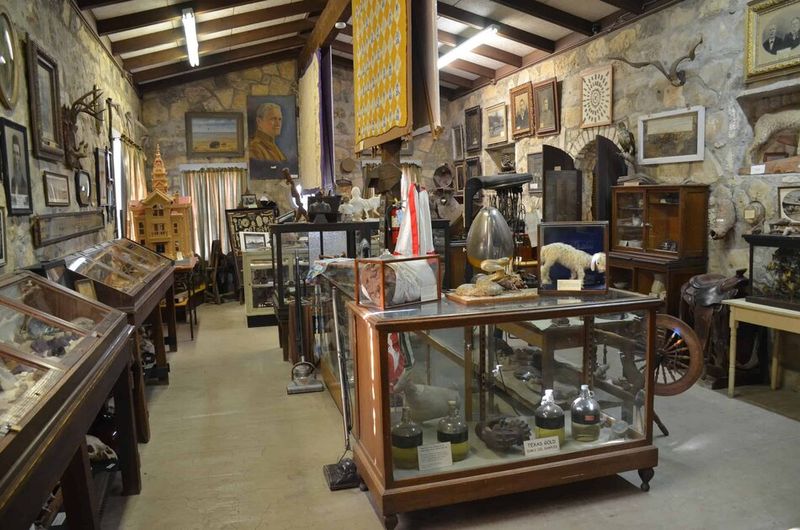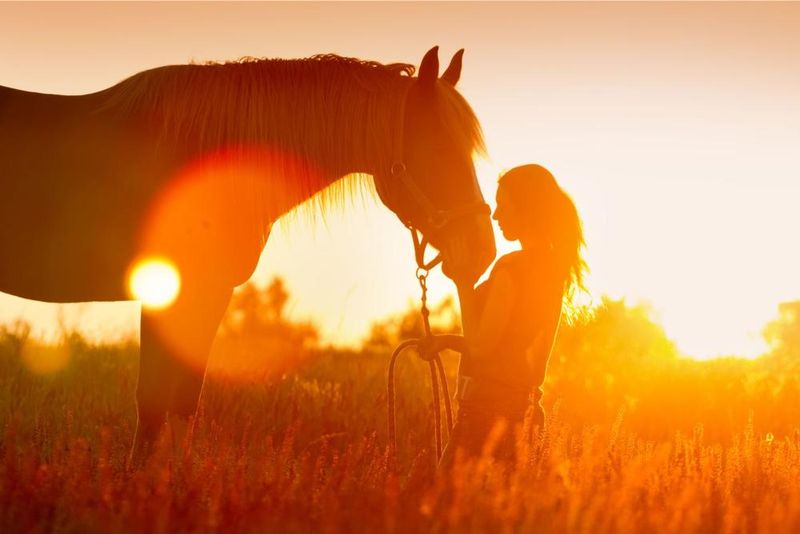Nestled in the heart of Texas Hill Country, Bandera proudly wears its title as the Cowboy Capital of the World. This small town isn’t just playing dress-up – it lives and breathes authentic Western heritage through its daily life, traditions, and values. From working ranches to rodeos that draw competitors from across the nation, Bandera’s cowboy spirit runs as deep as the nearby Medina River.
1. The Great Western Cattle Trail Legacy
Hoofprints of history are stamped across Bandera’s identity. Back in the 1870s, countless longhorns trudged through town on their way to northern markets along the Great Western Cattle Trail.
Ranch hands would stop here to rest, resupply, and maybe enjoy a drink before continuing the grueling journey. These trail drives weren’t just passing through – they were shaping Bandera’s very soul.
Today, historical markers and local stories keep this cattle-driving heritage alive, reminding visitors that Bandera’s cowboy roots run deeper than most Western towns can claim.
2. Working Ranches That Welcome Visitors
Morning fog lifts over the Twin Elm Guest Ranch as wranglers saddle horses for the day’s first ride. Unlike manufactured tourist attractions, Bandera’s guest ranches offer authentic experiences on genuine working cattle operations.
Visitors can help gather livestock, mend fences, and learn real ranch skills from people who do this work for a living. The Mayan Ranch, Dixie Dude Ranch, and Flying L Ranch have hosted generations of families seeking to experience cowboy life firsthand.
These aren’t just places to stay – they’re living classrooms where the cowboy way is taught through hands-on participation.
3. Year-Round Rodeo Action
Dust flies as a young cowgirl rounds the final barrel at breakneck speed. Her horse leans impossibly low, hooves digging into the arena dirt while spectators hold their breath.
This scene plays out weekly in Bandera, where rodeos aren’t just summer attractions but year-round traditions. The Mansfield Park Arena hosts everything from professional competitions to youth events where local kids show off skills passed down through generations.
Unlike tourist-centered shows, Bandera’s rodeos feature real ranchers and working cowboys competing in events that mirror the actual skills needed for ranch work – from roping calves to breaking broncs.
4. Horses Rule Main Street
Clip-clop echoes bounce between storefronts as a group of riders make their way down Main Street, tipping their hats to onlookers. In Bandera, seeing horses downtown isn’t a special event – it’s Tuesday.
Hitching posts still stand ready outside stores and restaurants, actually used rather than serving as decorative props. The town’s ordinances specifically protect equestrian access to public spaces, allowing cowboys to ride into town for lunch or supplies.
During weekends, guided horseback tours weave through downtown, letting visitors experience travel as locals did a century ago – from the elevated vantage point of a saddle.
5. Perfect Hill Country Terrain
Mother Nature herself seems to have sculpted Bandera County specifically for cowboy life. Rolling limestone hills covered in live oak and cedar create natural paddocks for livestock, while crystal-clear creeks provide essential water sources.
The landscape demands horsemanship – some remote pastures can only be properly worked on horseback, making traditional cowboy skills necessary rather than nostalgic. Seasonal changes bring wildflower explosions in spring and golden grasslands in fall.
Unlike flatter ranching regions, this varied terrain creates unique challenges that have shaped distinctive Hill Country ranching techniques, from the types of cattle raised to the riding styles developed.
6. Official Recognition As Cowboy Capital
Framed proclamations hang proudly in the Bandera County Courthouse, officially declaring what locals have known all along. In 1998, the Texas Legislature formally recognized Bandera as the “Cowboy Capital of the World” – not just a marketing slogan but a legal designation.
This title wasn’t handed out lightly. It came after careful consideration of the town’s authentic Western heritage and ongoing cowboy culture.
Unlike other towns that might claim similar titles, Bandera’s designation is backed by state government recognition, giving it legitimate bragging rights as the real deal when it comes to cowboy credentials.
7. Real Cowboys Making Real Livings
Calloused hands grip weathered reins as Ray Wharton, a local rancher and former rodeo champion, moves cattle at dawn. He’s not wearing Western gear for show – those boots have miles of fence-checking on them.
Bandera remains home to numerous professional cowboys who earn their living through traditional skills. From ranch managers to horse trainers, rodeo competitors to farriers, the cowboy profession thrives here beyond tourism.
Many local families can trace their ranching lineage back five generations or more, with children learning to ride almost before they can walk. These aren’t weekend cowboys – they’re the real article, preserving skills that modern machinery still can’t fully replace.
8. Boot-Stomping Music Scene
Fiddle notes float through the open doors of the 11th Street Cowboy Bar as couples two-step across a worn wooden floor. This isn’t manufactured entertainment – it’s Saturday night in Bandera, where live country music isn’t just scheduled entertainment but the heartbeat of local social life.
Legendary venues like Arkey Blue’s Silver Dollar and John T. Floore’s Country Store have hosted country legends for decades. These aren’t tourist traps but authentic honky-tonks where working cowboys unwind.
Local musicians keep traditional Western swing and cowboy ballads alive alongside modern country, preserving musical traditions that tell the story of ranch life.
9. Youth Rodeo Programs That Build Champions
Eight-year-old Maddie adjusts her hat before guiding her pony into the practice arena. She’s the fourth generation in her family to compete in Bandera’s youth rodeo programs.
Unlike communities where Western heritage is fading, Bandera invests heavily in passing cowboy skills to children. The Bandera Wranglers youth program, 4-H horse clubs, and school rodeo teams start training kids as young as five in horsemanship, roping, and livestock handling.
These aren’t just after-school activities – they’re preparation for potential careers and lifelong involvement in Western traditions. Many national rodeo champions got their start in Bandera’s youth programs.
10. Western Wear As Everyday Fashion
At Bandera High School’s graduation ceremony, not a single male student walks the stage without boots. Western wear isn’t costume here – it’s practical daily attire with deep cultural significance.
Local shops like Bandera General Store and Cowboy Capital Outfitters don’t sell souvenirs but functional gear that meets working ranch standards. Even the bank president conducts business in a Stetson.
The Western clothing worn in Bandera tells stories – belt buckles won at rodeos, hats shaped by years of sun and rain, boots chosen for specific riding styles. This isn’t fashion following trends but authentic expression of lifestyle and values passed through generations.
11. Frontier Times Museum’s Living History
Sunlight filters through dusty windows, illuminating a century-old saddle at the Frontier Times Museum. Founded in 1933, this isn’t just a collection of artifacts but Bandera’s living memory.
Unlike polished city museums, this eclectic treasure trove was built by locals donating family heirlooms. Visitors find themselves inches from authentic chaps worn by trail drivers, hand-forged spurs from local ranches, and photographs documenting Bandera’s evolution.
The museum doesn’t just preserve cowboy history – it actively collects contemporary items, recognizing that today’s working cowboys are tomorrow’s history. Rotating exhibits feature tools and techniques still used on local ranches.
12. Cowboy Churches Blend Faith And Heritage
Guitar strings strum “Amazing Grace” as worshippers in dusty boots file into the Ridin’ the River Cowboy Fellowship. Sunday morning in Bandera means cowboy church – where faith and Western heritage blend seamlessly.
These aren’t themed churches but authentic expressions of local culture. Services might include testimonies from ranch hands or prayers for rain during drought seasons.
Many congregations meet in barns or arenas rather than traditional buildings, with some even incorporating horsemanship into ministry. The cowboy church movement represents spirituality shaped by the practical realities of ranch life – direct, unpretentious, and connected to the land.
13. Breathtaking Hill Country Sunsets
Golden light paints limestone cliffs as the day’s final rays stretch across the Medina River Valley. Ranchers pause their evening chores to witness nature’s daily masterpiece.
Bandera’s elevation and clear Hill Country air create sunset conditions that have inspired countless cowboy songs and poems. These daily light shows turn ordinary pastures into extraordinary landscapes, with long shadows stretching from live oaks and longhorns silhouetted against flame-colored skies.
Many local ranches position their porches specifically to capture these views – not just for visitors but because even multi-generation cowboys never tire of Bandera’s spectacular sunsets. They’re the perfect closing scene to days spent living the authentic Western lifestyle.
